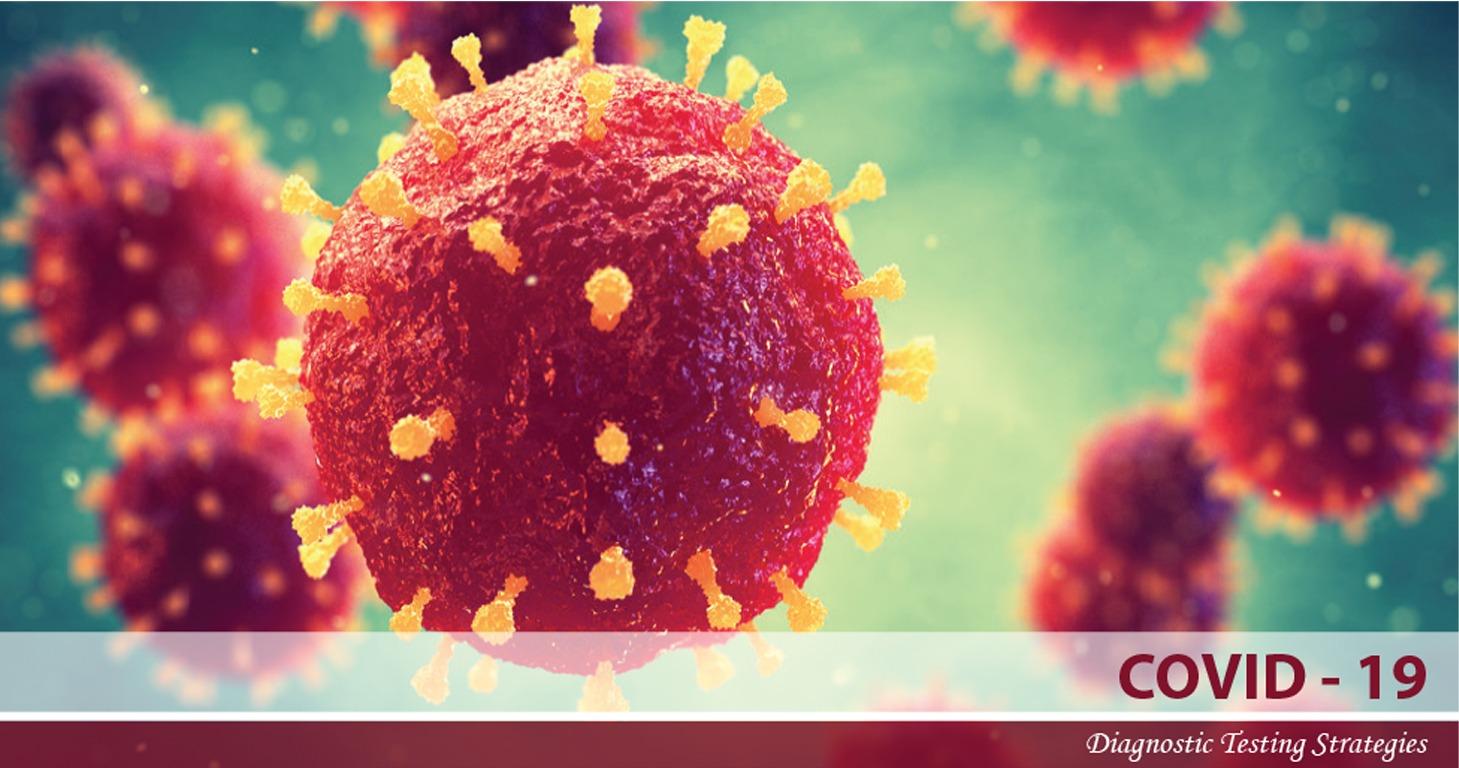Coronavirus (Covid-19) Diagnostic Testing Strategies

The most fool-proof method is sequencing of the viral genome. This is how the virus was identified as a novel and unique entity by the Chinese in Wuhan. Once the sequence was made public, tests to amplify and detect the unique portions of the virus could be designed. These tests called Polymerase Chain Reaction (PCR) or more specifically Reverse Transcriptase Polymerase Chain Reaction (RT-PCR) since it is an RNA virus that needs to be converted to DNA by the enzyme Reverse transcriptase.
Advantages of PCR tests: The main advantage of PCR is that it is highly specific (Test with 100% specificity means there will be no false positives). The other advantage is that the tests becomes positive in the early phase of the disease and is thus ideal for confirming those with the beginning of symptoms.
Disadvantages of PCR tests: One disadvantage is that the sensitivity (Ability to pick up the truly infected) maybe as low as 50-70%. One reason is that the number of viral particles may not be very large in some infected people. This test needs sample of the patient’s secretions. The best results are obtained from the lungs by broncho-alveolar lavage. This is done in only a few because it is invasive. Nasopharyngeal swabs and sputum are other methods used.
Specimen collection is very important and any mistake in that will result in false negatives.
For more information, you may download our newsletter below.
